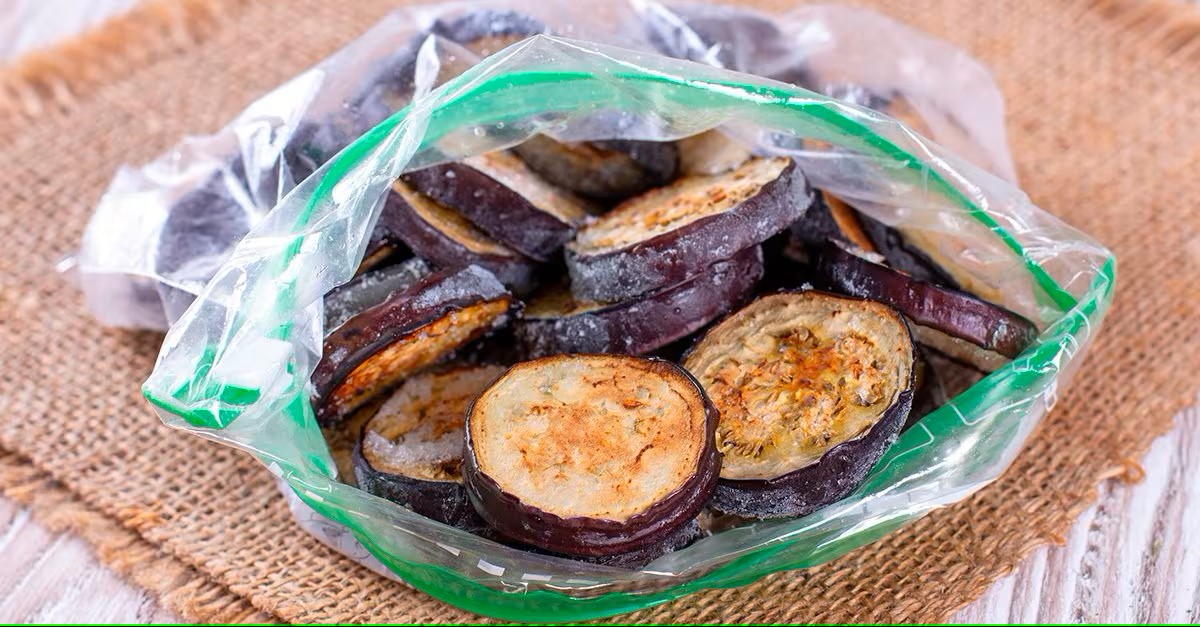

Articles
How To Store Eggplant In Freezer
Modified: December 7, 2023
Learn the best method to store eggplant in the freezer with step-by-step instructions and tips. Read our informative articles now!
(Many of the links in this article redirect to a specific reviewed product. Your purchase of these products through affiliate links helps to generate commission for Storables.com, at no extra cost. Learn more)
Introduction
Are you a fan of eggplant but can’t consume it all before it goes bad? Freezing eggplant is a great way to prolong its shelf life and ensure that you always have this versatile vegetable on hand. Whether you have an abundance of fresh eggplant from your garden or found a great deal at the farmer’s market, freezing is a simple and effective method of preserving it for later use.
The process of freezing eggplant not only preserves its flavor and texture, but it also allows you to enjoy this nutritious vegetable all year round. Whether you plan on using it in stews, casseroles, pasta dishes, or even grilling or roasting, having frozen eggplant readily available can save you time and effort in the kitchen.
In this article, we will guide you through the steps of freezing eggplant, providing different methods depending on the preparation you prefer. Whether you want to blanch it to retain its vibrant color, roast it to enhance its flavor, or bread it for a crispy texture, we have you covered. Let’s dive in and discover how to store eggplant in the freezer!
Key Takeaways:
- Freezing eggplant not only extends its shelf life but also offers convenience, cost savings, and the opportunity to diversify your meals. With proper preparation and storage, you can enjoy this versatile vegetable all year round.
- Whether you prefer blanching, roasting, or breading, freezing eggplant opens up a world of culinary possibilities. By following the outlined steps and tips, you can confidently preserve and utilize the bounty of eggplant throughout the year.
Read more: How To Store Eggplant
Why Freeze Eggplant?
Freezing eggplant offers several advantages that make it a worthwhile preservation method. Here are some reasons why you may want to freeze your eggplant:
1. Extended Shelf Life: Eggplant has a relatively short shelf life, typically lasting around one week when stored in the refrigerator. Freezing extends its lifespan significantly, allowing you to enjoy it for up to six months.
2. Convenience: Freezing eggplant allows you to have this versatile vegetable readily available whenever you need it. Whether you want to whip up a quick weeknight dinner or experiment with new recipes, having frozen eggplant on hand saves you time and effort.
3. Diversify Your Meals: By freezing eggplant, you can incorporate it into a variety of dishes throughout the year. Whether you want to add it to soups, stews, curries, pasta dishes, or even use it as a meat substitute in vegetarian recipes, frozen eggplant provides endless possibilities.
4. Cost Savings: If you stumble upon a great deal or have an abundant harvest of eggplant, freezing allows you to stock up without worrying about spoilage. This can save you money in the long run, as you won’t have to constantly purchase fresh eggplant at higher prices.
5. Retain Nutritional Value: Freezing eggplant preserves its nutritional content, including vitamins, minerals, and antioxidants. This means that even when using frozen eggplant, you can still benefit from its health-promoting properties.
6. Sustainable Option: Freezing eggplant is a sustainable choice as it helps reduce food waste. Rather than letting excess eggplant go to waste, freezing allows you to make the most out of your harvest or purchase.
Now that we understand the benefits of freezing eggplant, let’s move on to the preparation process before storing it in the freezer.
Preparation
Before freezing eggplant, a little bit of preparation is necessary to ensure optimal results. Here are some key steps to follow:
1. Selecting Fresh Eggplant: Choose eggplants that are firm, shiny, and have smooth skin. Avoid ones with blemishes, soft spots, or wrinkled skin, as these may indicate spoilage.
2. Wash and Trim: Rinse the eggplant under cool running water and pat dry with a clean towel. Trim off the ends of the eggplant and any blemishes or bruises on the skin.
3. Peeling (Optional): Depending on personal preference and recipe requirements, you may choose to peel the eggplant. Peeling is often recommended for larger, mature eggplants with tougher skin, as it can enhance the texture of the final dish.
4. Cut into Desired Shape: Slice or dice the eggplant into your preferred shape and size. You can cube, slice, or even cut it into strips, depending on how you plan to use it later. Keep in mind that smaller pieces tend to freeze and thaw more evenly.
5. Pretreatment: Some methods of freezing eggplant may require pretreatment to help preserve its flavor, color, and texture. This includes blanching or roasting the eggplant before freezing. These pretreatment methods will be explained in detail in the upcoming sections of this article.
Now that you have prepared the eggplant, you are ready to move on to the specific freezing methods based on your preferred preparation technique. Whether you choose to blanch, roast, or bread the eggplant before freezing, we will guide you through the step-by-step process in the following sections.
Blanched Eggplant
Blanching is a highly recommended method for freezing eggplant as it helps preserve its color, texture, and flavor. The blanching process involves briefly boiling the eggplant in water, followed by rapid cooling to stop the cooking process. Here’s how to blanch eggplant for freezing:
1. Prepare the blanching water: Fill a large pot with water and bring it to a rolling boil. You will need approximately one gallon of water per pound of eggplant.
2. Prepare an ice bath: While the water is heating, fill a large bowl or sink with ice and cold water. This will be used to rapidly cool the blanched eggplant and halt the cooking process.
3. Trim and cut the eggplant: Wash the eggplant and trim off the ends. Cut it into the desired shape, such as cubes, slices, or strips.
4. Blanch the eggplant: Carefully add the eggplant to the boiling water and let it cook for about 4-5 minutes. The exact time will depend on the size and thickness of the pieces. Stir gently to ensure even cooking.
5. Drain and cool: Using a slotted spoon or tongs, remove the blanched eggplant from the boiling water and immediately transfer it to the ice bath. Let it sit in the ice bath for the same amount of time as the blanching process (4-5 minutes). This rapid cooling helps retain the vibrant color and crispness of the eggplant.
6. Drain and pat dry: Once the eggplant has cooled, drain it thoroughly to remove any excess water. Pat the blanched eggplant dry with a clean kitchen towel or paper towels.
7. Packaging: Place the blanched eggplant in an airtight freezer-safe container or resealable plastic bags. Make sure to remove as much air as possible before sealing to prevent freezer burn.
8. Label and freeze: Label the containers or bags with the date of freezing and the contents. Place them in the freezer, ensuring they are stored flat to maximize space.
By blanching eggplant before freezing, you can preserve its vibrant color and prevent it from becoming mushy when thawed. Now, let’s move on to the next freezing method, which is roasting eggplant.
Roasted Eggplant
If you prefer a deeper and richer flavor in your frozen eggplant, roasting is the ideal method for you. Roasting eggplant before freezing enhances its natural sweetness and adds a delightful smoky note. Follow these steps to roast eggplant for freezing:
1. Preheat the oven: Preheat your oven to 400°F (200°C) and line a baking sheet with parchment paper or aluminum foil for easy cleanup.
2. Wash and cut the eggplant: Rinse the eggplant under running water and pat it dry. Trim off the ends, and then cut the eggplant into slices, cubes, or wedges, depending on your preference.
3. Toss with oil and seasonings: Place the eggplant pieces in a bowl and drizzle them with olive oil. Season with salt, pepper, and any other desired spices or herbs. Toss well to ensure the eggplant is evenly coated.
4. Arrange on the baking sheet: Spread the eggplant in a single layer on the prepared baking sheet. Make sure there is enough space between the pieces to allow for even roasting.
5. Roast in the oven: Place the baking sheet in the preheated oven and roast the eggplant for about 20-25 minutes, or until it becomes tender and golden brown. Flip the pieces halfway through the cooking time to ensure even browning.
6. Cool and pack: Once the roasted eggplant has cooled, transfer it to an airtight freezer-safe container or resealable plastic bags. Squeeze out any excess air before sealing to prevent freezer burn.
7. Label and freeze: Label the containers or bags with the date of freezing and the contents. Place them in the freezer, ensuring they are stored flat to maximize space.
Roasted eggplant adds an incredible depth of flavor to a variety of dishes, even after freezing. It can be used in pasta sauces, dips, or as a flavorful addition to salads. Now, let’s move on to the next freezing method, which involves breading and frying the eggplant.
Read more: How To Store Cut Eggplant
Breaded Eggplant
If you want to have frozen eggplant ready for delicious breaded dishes like eggplant Parmesan or crispy eggplant fries, the breading method is perfect. By breading the eggplant before freezing, you can enjoy the crispy texture whenever you desire. Follow these steps to bread eggplant for freezing:
1. Wash and cut the eggplant: Wash the eggplant under running water and pat it dry. Trim off the ends, and then cut the eggplant into slices or rounds, about 1/4-inch thick.
2. Prepare the breading station: Set up a breading station with three shallow dishes. In the first dish, place all-purpose flour. In the second dish, whisk together eggs and a splash of milk. In the third dish, combine breadcrumbs, grated Parmesan cheese, and any desired herbs or spices.
3. Bread the eggplant: Dip each eggplant slice first into the flour, coating it lightly on both sides and shaking off any excess. Then dip it into the egg mixture, ensuring it is fully coated. Finally, transfer the eggplant slice to the breadcrumb mixture, pressing gently to adhere the breadcrumbs to both sides. Repeat this process with all the eggplant slices.
4. Fry or bake (optional): At this point, you have two options. You can either fry the breaded eggplant slices in hot oil until golden brown on both sides, or you can arrange them on a baking sheet lined with parchment paper and bake in a preheated oven at 400°F (200°C) for about 20-25 minutes, flipping halfway through, until crispy and golden.
5. Cool and pack: Allow the fried or baked breaded eggplant to cool completely. If you chose to fry the slices, place them on a paper towel-lined plate to absorb any excess oil. If you baked them, let them cool directly on the baking sheet.
6. Packaging: Place the cooled breaded eggplant in an airtight freezer-safe container or resealable plastic bags. Try to arrange them in a single layer if possible to prevent them from sticking together. If multiple layers are needed, separate them with parchment paper.
7. Label and freeze: Label the containers or bags with the date of freezing and the contents. Place them in the freezer, ensuring they are stored flat for easier stacking.
Breaded and frozen eggplant can be easily transformed into delicious dishes by simply reheating and serving. Whether you choose to fry or bake the breaded eggplant, it will retain its crispiness and make for a satisfying meal. Now that you know how to prepare the eggplant, the next section will guide you through the steps to store it in the freezer.
To store eggplant in the freezer, start by washing and cutting it into slices or cubes. Blanch the pieces in boiling water for 4-5 minutes, then transfer to an ice bath to stop the cooking process. Pat dry and place in a single layer on a baking sheet to freeze before transferring to a freezer-safe bag or container. This will prevent the pieces from sticking together and make it easier to use just the amount you need.
Storing Process
Once you have prepared your eggplant using either the blanching, roasting, or breading method, it’s time to store it in the freezer. Proper storage is crucial to maintain the quality of the frozen eggplant. Here are some important points to keep in mind:
1. Choose freezer-safe containers: Use airtight freezer-safe containers or resealable plastic bags specifically designed for freezer use. These containers will help prevent freezer burn and protect the eggplant from absorbing unwanted odors.
2. Remove excess air: Before sealing the containers or bags, remove as much air as possible to minimize the risk of freezer burn. This can be done by gently pressing out the air or using a vacuum sealer, if available.
3. Label and date: Clearly label each container or bag with the date of freezing and the contents. This will help you keep track of the freshness of your frozen eggplant and ensure you use the oldest ones first.
4. Portion appropriately: Consider dividing the frozen eggplant into smaller portions that align with your recipe needs. This way, you can easily thaw and use only the amount required without having to defrost the entire batch.
5. Arrange flat: To maximize space in the freezer and prevent the eggplant from sticking together, try to arrange the containers or bags flat. This allows for easy stacking and minimizes the chances of them getting damaged.
6. Freeze promptly: Place the containers or bags in the freezer as soon as possible after they have been properly sealed. The quicker you freeze them, the better the quality and texture of the frozen eggplant will be.
7. Optimal freezer temperature: Ensure that your freezer is set to a temperature of 0°F (-18°C) or below. This ensures that the frozen eggplant remains at a safe temperature, preventing any bacterial growth.
Following these steps will help you store your eggplant properly in the freezer and maintain its quality for an extended period. In the next section, we will guide you through the steps to store eggplant in the freezer using your chosen method.
Steps to Store Eggplant in the Freezer
Now that you have prepared your eggplant using either the blanching, roasting, or breading method, it’s time to store it in the freezer. Follow these steps to ensure proper freezing and maximize the shelf life of your frozen eggplant:
1. Allow the prepared eggplant to cool: Before placing the eggplant in the freezer, ensure that it has cooled completely. This prevents condensation from forming inside the packaging, which could lead to freezer burn.
2. Divide the eggplant into portion-sized containers: If necessary, divide the prepared eggplant into portion-sized containers or resealable plastic bags. This will make it easier to thaw and use just the amount you need without defrosting the whole batch.
3. Remove excess air: Squeeze out as much air as possible from the containers or bags before sealing them. This helps prevent freezer burn and maintain the quality of the frozen eggplant.
4. Seal the containers or bags tightly: Ensure that the containers or bags are sealed tightly to prevent any air or moisture from entering. This will help preserve the flavor, texture, and nutrients of the eggplant.
5. Label the containers or bags: Use a waterproof marker to label each container or bag with the date of freezing and the contents. This will help you keep track of the freshness of the frozen eggplant.
6. Arrange flat in the freezer: Place the containers or bags in the freezer, arranging them flat if possible. This allows for easy stacking and prevents the eggplant from getting crushed or damaged.
7. Store in the coldest part of the freezer: Put the containers or bags in the coldest part of your freezer, ensuring they are not in direct contact with the freezer walls or other items. This helps maintain a consistent temperature and prevents fluctuations that could affect the quality of the frozen eggplant.
8. Keep a freezer inventory: As you add the eggplant to the freezer, keep a freezer inventory to keep track of what you have on hand. This will help you plan your meals and use the oldest items first.
By following these steps, you can store your prepared eggplant safely in the freezer and enjoy it for several months. In the next section, we will discuss the thawing and using process for frozen eggplant.
Thawing and Using Frozen Eggplant
When you’re ready to use your frozen eggplant, it’s important to follow proper thawing techniques to maintain its quality and ensure the best results. Here’s how to thaw and use your frozen eggplant:
1. Thaw in the refrigerator: The safest method to thaw frozen eggplant is by transferring it from the freezer to the refrigerator. Place the container or bag of frozen eggplant in the refrigerator and allow it to thaw slowly overnight or for about 24 hours. This gradual thawing helps preserve the texture and flavor of the eggplant.
2. Thaw in cold water: If you need to thaw the eggplant more quickly, you can use the cold water method. Seal the frozen container or bag in a leak-proof plastic bag and immerse it in a large bowl or sink filled with cold water. Change the water every 30 minutes to speed up the thawing process. Note that this method is faster but may result in a slightly softer texture compared to thawing in the refrigerator.
3. Avoid thawing at room temperature: It’s important to avoid thawing frozen eggplant at room temperature, as this can promote bacterial growth and compromise safety. Always use safe thawing methods to maintain the quality and freshness of the eggplant.
4. Use thawed eggplant promptly: Once the eggplant is completely thawed, use it as soon as possible. Do not re-freeze previously frozen and thawed eggplant, as this can result in a loss of flavor and texture.
5. Cooking with thawed eggplant: Frozen eggplant may be slightly softer after thawing, but it can still be used in a variety of recipes. You can add thawed eggplant to stews, stir-fries, sauces, or casseroles. It can also be used as a topping for pizzas or as a filling for sandwiches and wraps. The possibilities are endless!
6. Adjust cooking time: Keep in mind that thawed eggplant may cook slightly faster than fresh eggplant, so adjust your cooking time accordingly. You may need to reduce the cooking time to prevent the eggplant from becoming mushy.
7. Enjoy! Once cooked, savor the flavors of your thawed eggplant dish. Frozen eggplant, when thawed properly, can still provide the same delicious taste and nutritional benefits as fresh eggplant.
By thawing your frozen eggplant using the appropriate methods, you can ensure the best flavor, texture, and safety when incorporating it into your recipes. In the final section, we will provide some additional tips and tricks to enhance your eggplant freezing and thawing experience.
Read more: How To Store Eggplant For Winter
Tips and Tricks
When it comes to freezing and using eggplant, here are some helpful tips and tricks to enhance your experience:
1. Choose the right eggplant: Select fresh, firm eggplants with smooth skin for the best results. Avoid ones with blemishes, soft spots, or wrinkled skin.
2. Blot excess moisture: Before freezing the prepared eggplant, make sure to blot excess moisture using a clean kitchen towel or paper towels. Excess moisture can lead to ice crystals and affect the quality of the frozen eggplant.
3. Pre-portion for convenience: Divide the prepared eggplant into smaller portions based on your recipe needs. This allows you to easily grab the amount required without defrosting the entire batch.
4. Add lemon juice to retain color: If you are blanching the eggplant, adding a splash of lemon juice to the blanching water can help retain the vibrant color of the eggplant.
5. Label and date properly: Always label each container or bag with the date of freezing and the contents. This ensures that you can keep track of the freshness and easily identify what’s inside.
6. Experiment with seasonings: Before freezing, you can season the eggplant based on your preferences. Try adding herbs, spices, or garlic to enhance the flavor and customize it for your future recipes.
7. Utilize different freezing methods: Explore different methods of freezing eggplant, such as blanching, roasting, or breading, to vary the flavors and textures of your frozen eggplant dishes.
8. Store in meal-sized portions: Consider freezing the eggplant in portions that align with your meal plans. This saves time and prevents unnecessary waste when you only need a certain amount for a specific recipe.
9. Freeze cooked eggplant dishes: If you have leftover cooked eggplant dishes like moussaka or eggplant lasagna, you can freeze them in individual servings for easy reheating later.
10. Use high-quality freezer bags: Invest in high-quality freezer bags to minimize the risk of freezer burn and ensure longer storage life.
11. Keep a well-organized freezer: Maintain an inventory of your frozen foods to easily locate and rotate your eggplant stash. This helps you use the oldest ones first and prevents items from being forgotten.
12. Explore recipes specifically designed for frozen eggplant: There are numerous recipes available that are specifically designed for using frozen eggplant. Check out online resources or cookbooks for creative and delicious ideas.
By incorporating these tips and tricks into your eggplant freezing routine, you can enhance the quality, convenience, and variety of your frozen eggplant dishes. Now, armed with this knowledge, you can confidently store and utilize the bounty of eggplant throughout the year.
Conclusion
Freezing eggplant is a fantastic way to extend its shelf life, ensuring that you can enjoy this versatile vegetable throughout the year. Whether you choose to blanch it to retain its vibrant color, roast it to enhance its flavor, or bread it for a crispy texture, freezing eggplant allows you to have it readily available whenever you need it.
By following the proper preparation, storing process, and thawing techniques outlined in this article, you can maintain the quality and flavor of your frozen eggplant. Whether you’re using it in stews, casseroles, pasta dishes, or as a topping for pizzas, frozen eggplant adds a delightful twist to a variety of culinary creations.
Remember to choose fresh eggplants, properly prepare them, and use airtight freezer-safe containers or bags. Label and date each container to keep track of their freshness. Also, experiment with different freezing methods and portion sizes to suit your preferences and recipe needs.
Whether you have an abundance of eggplant from your garden or have stumbled upon a great deal, freezing is a sustainable option that helps reduce food waste. It allows you to make the most out of your harvest or purchase, saving both time and money in the process.
So, next time you find yourself with an excess of eggplants, don’t let them go to waste! Follow the steps provided in this article, freeze your eggplant, and unlock the potential for delicious meals all year round.
Now, it’s time to roll up your sleeves, embrace the freezing process, and enjoy the bountiful flavors of eggplant whenever inspiration strikes. Happy freezing!
Frequently Asked Questions about How To Store Eggplant In Freezer
Was this page helpful?
At Storables.com, we guarantee accurate and reliable information. Our content, validated by Expert Board Contributors, is crafted following stringent Editorial Policies. We're committed to providing you with well-researched, expert-backed insights for all your informational needs.

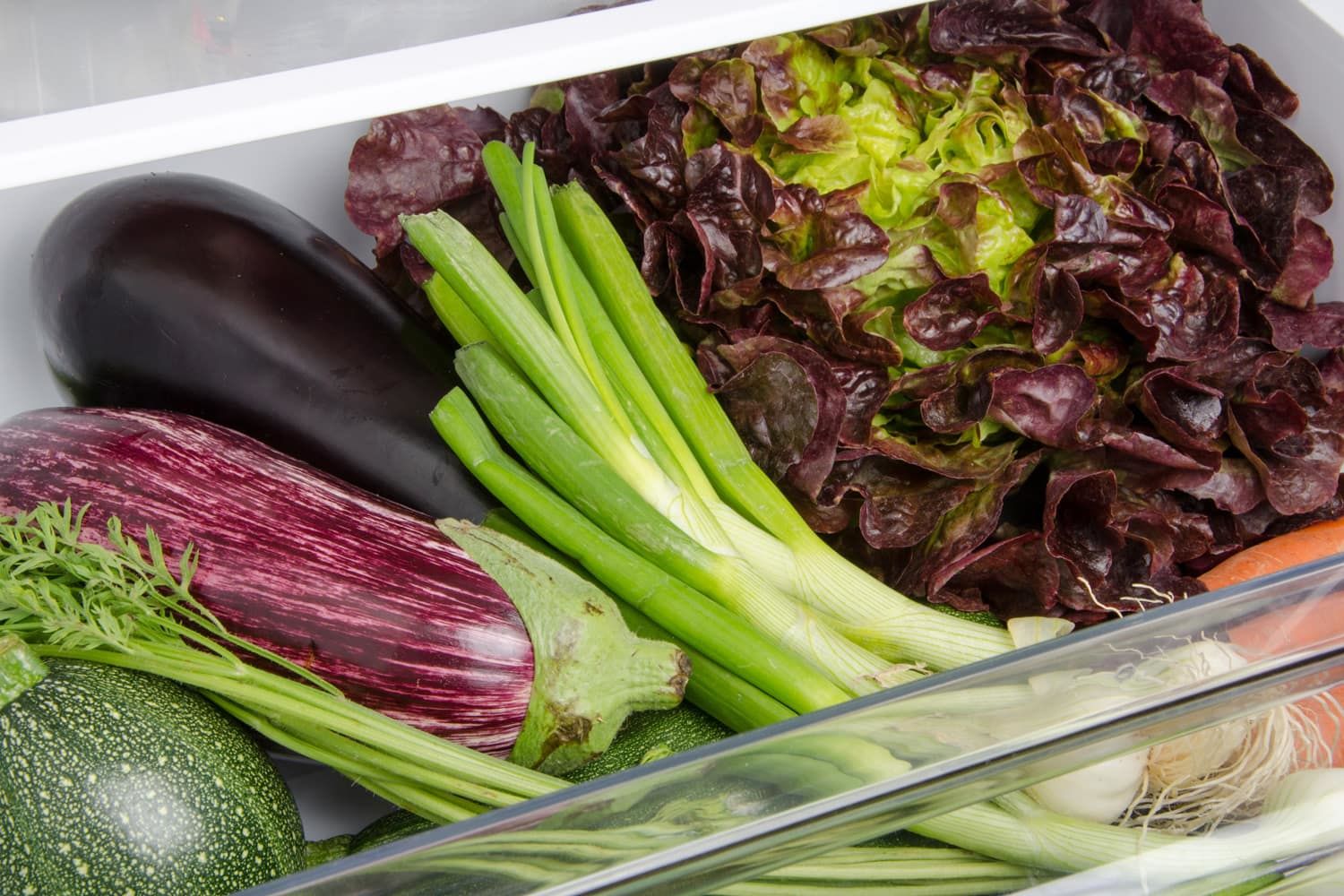
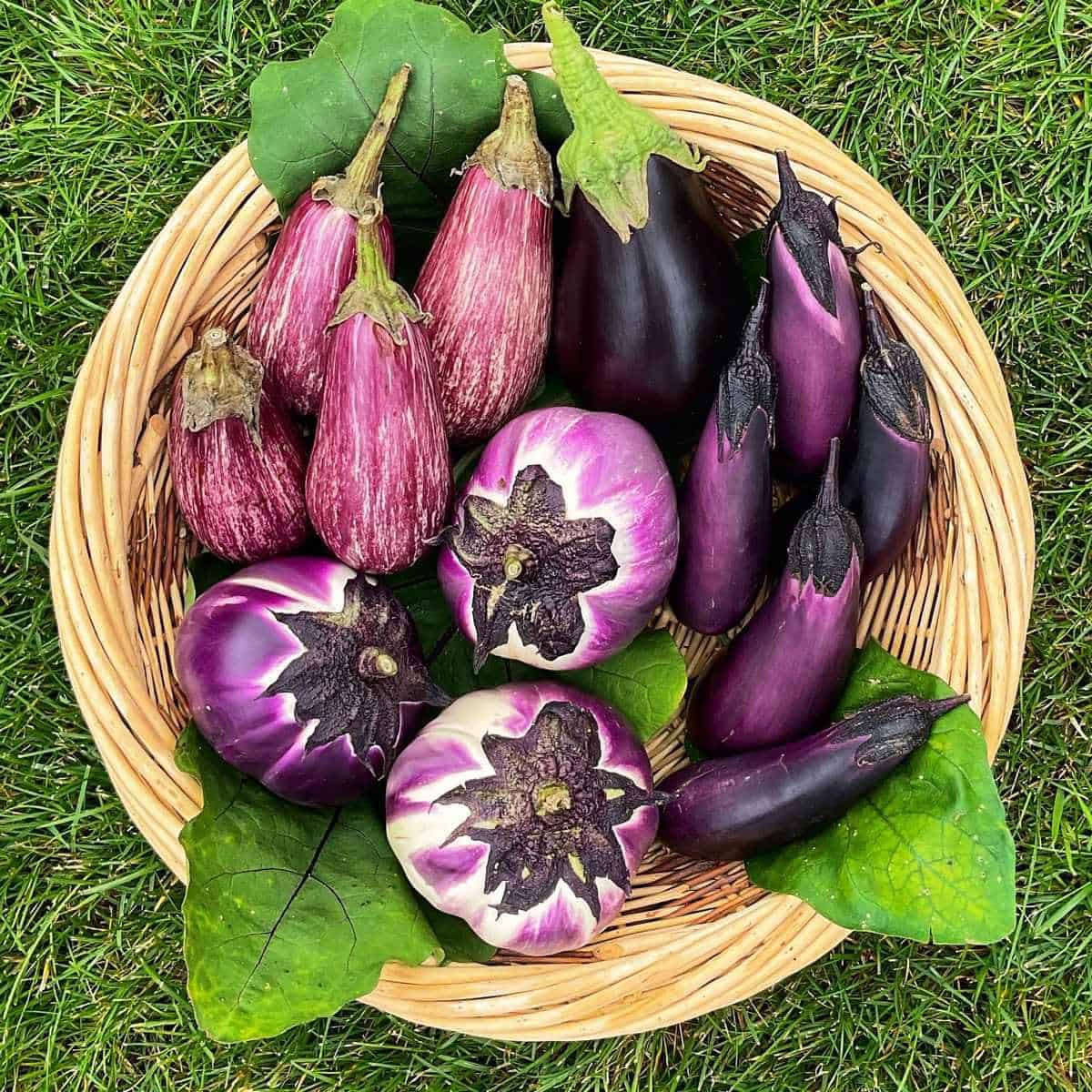
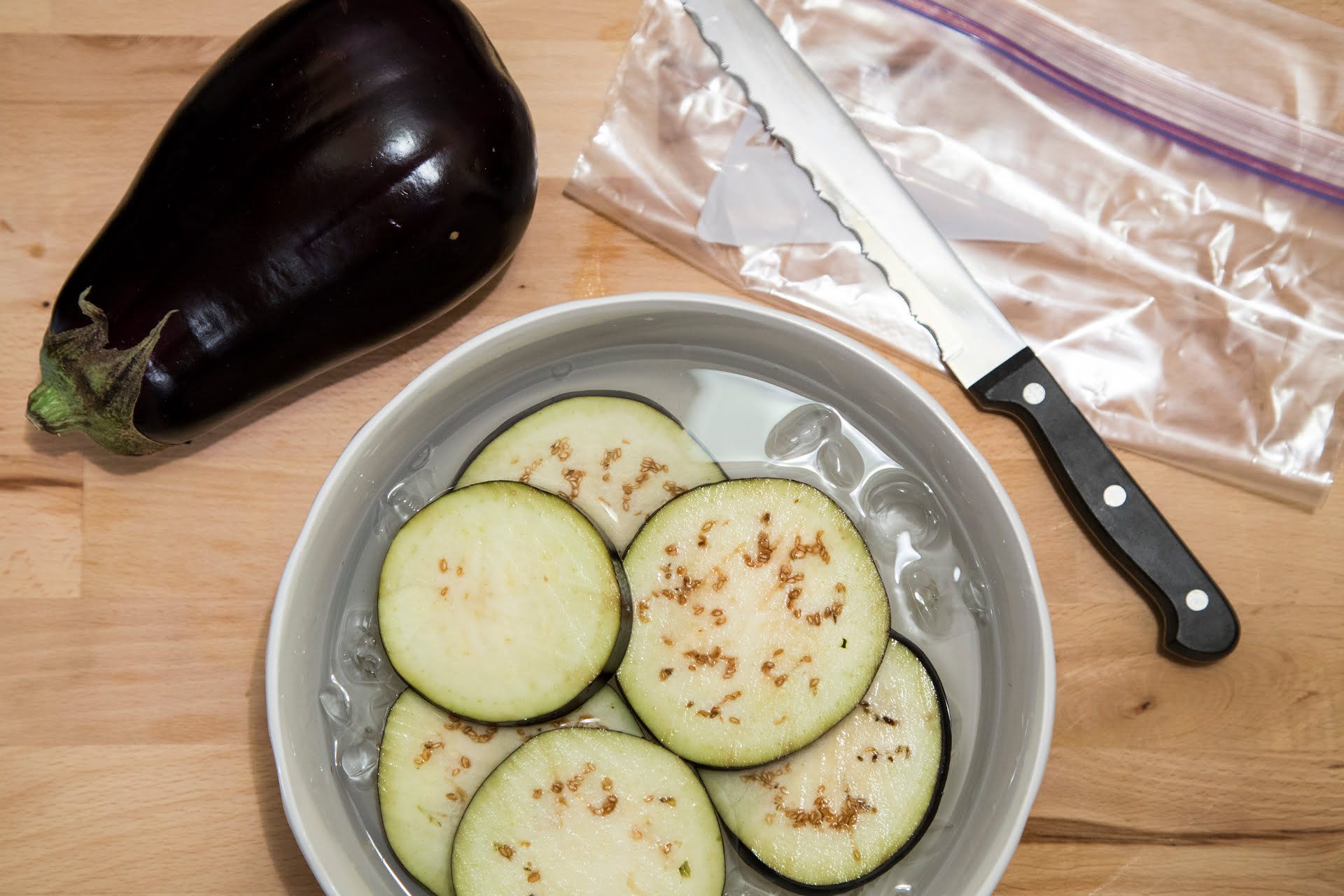

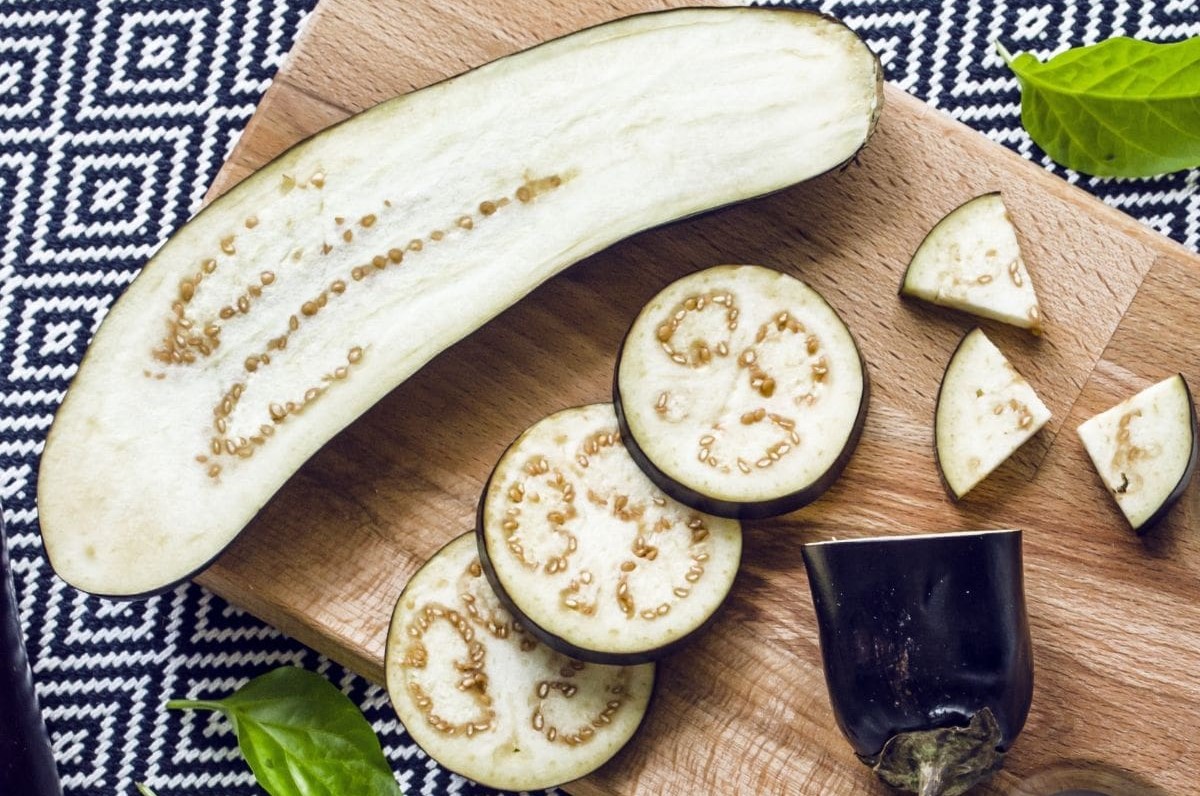
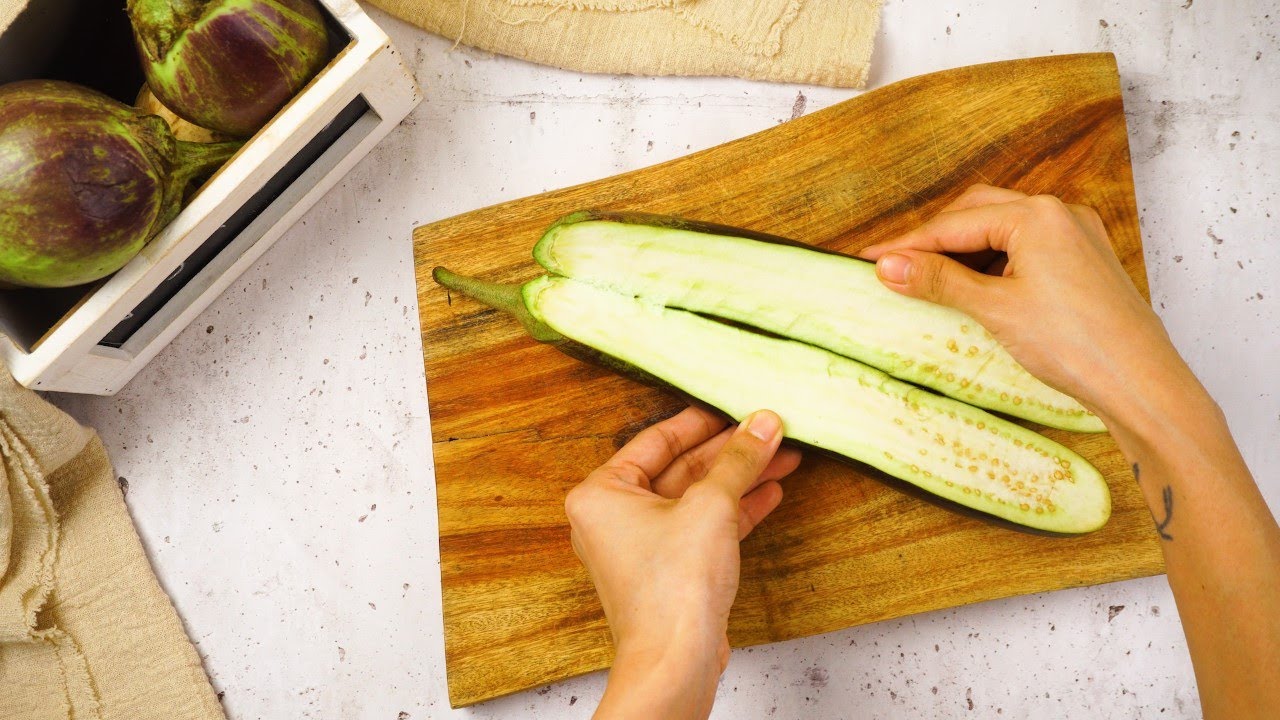
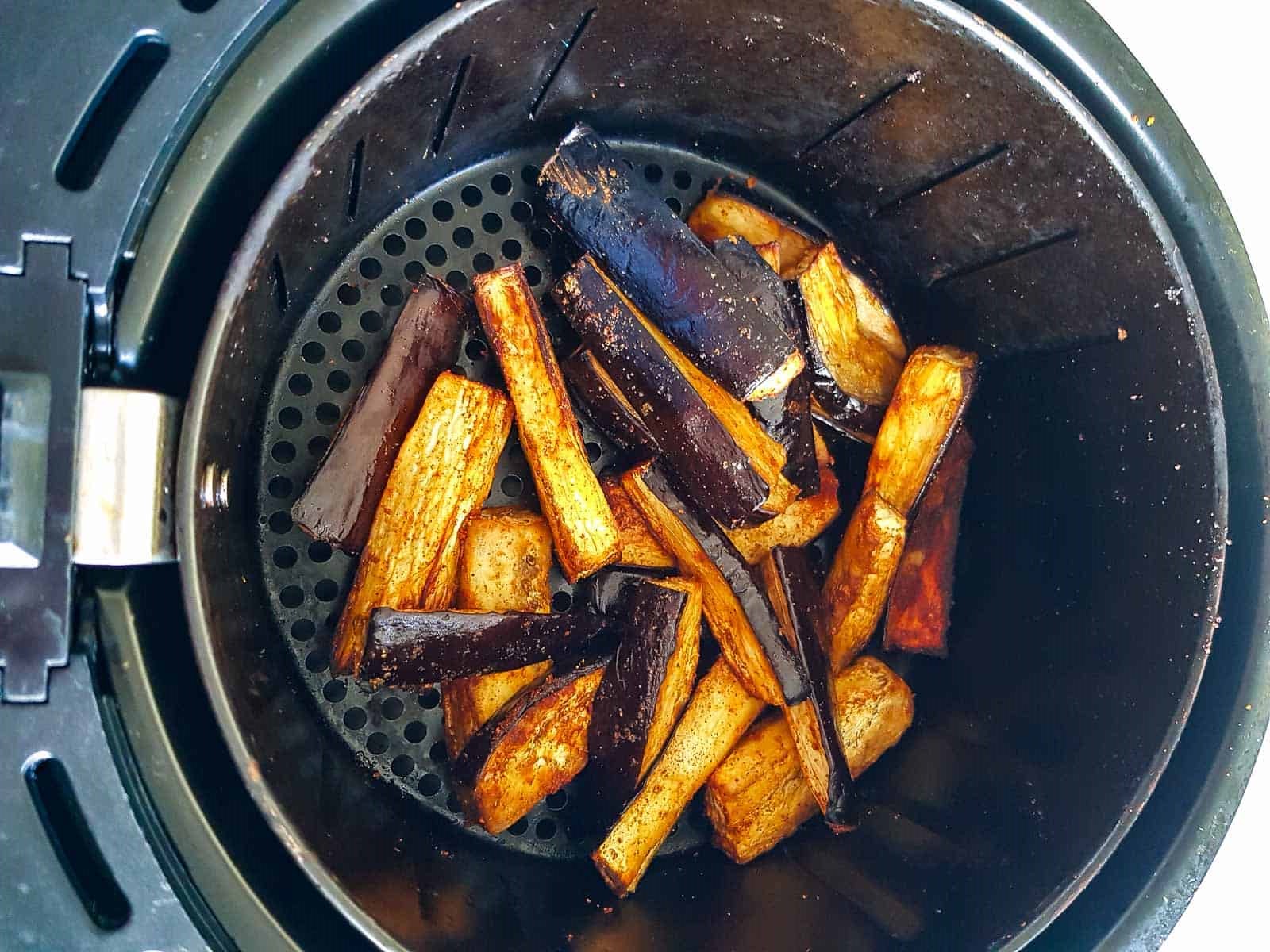


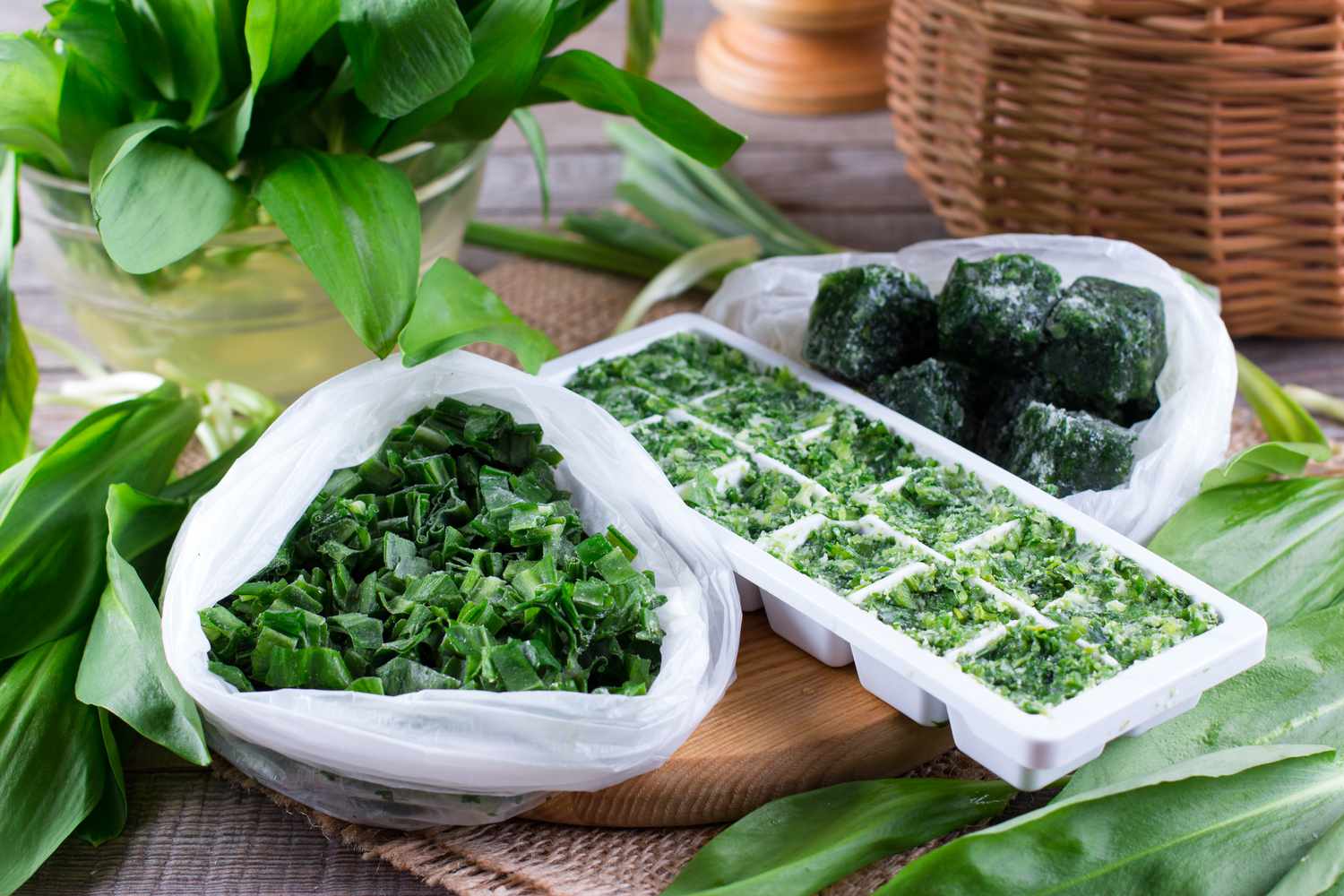
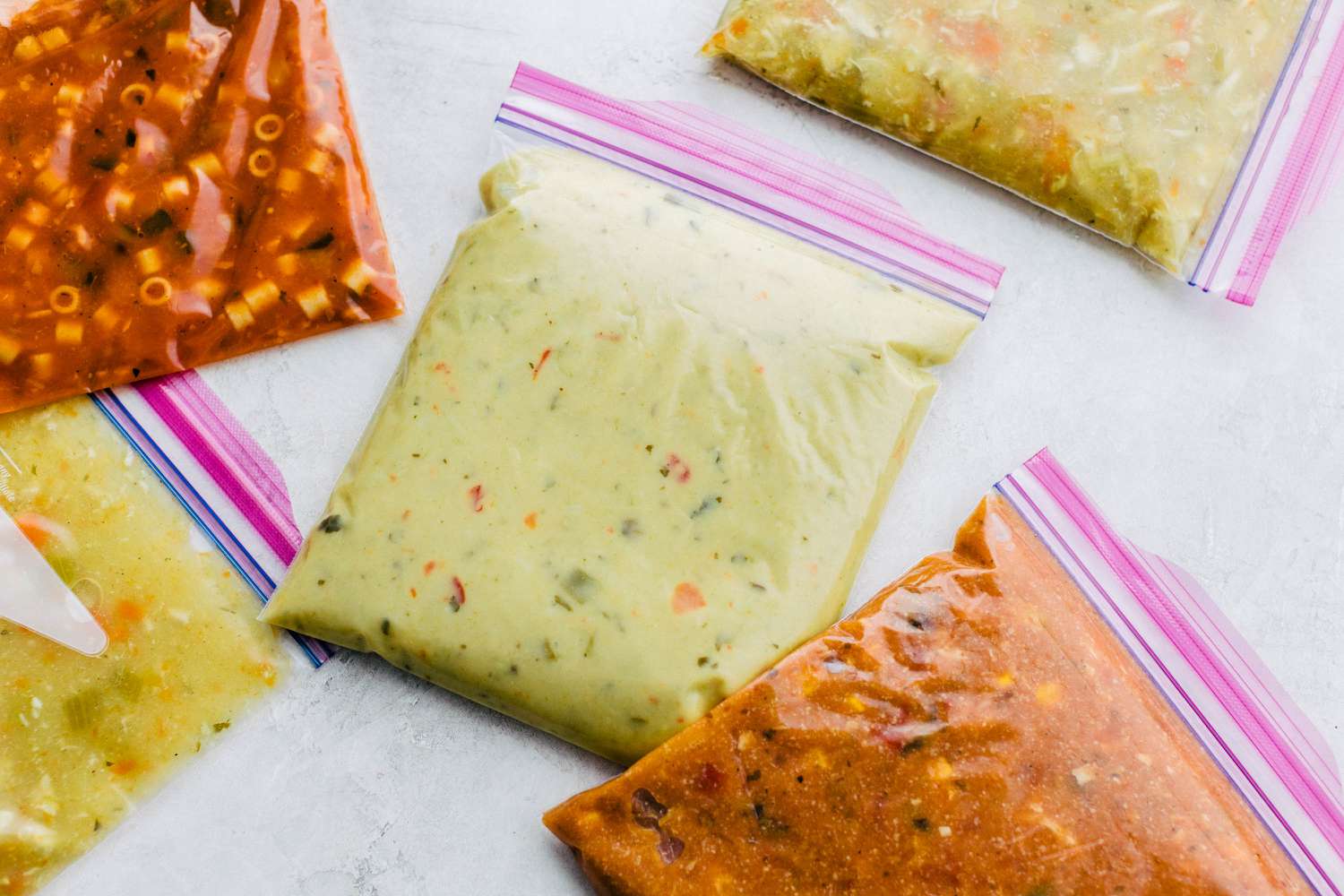
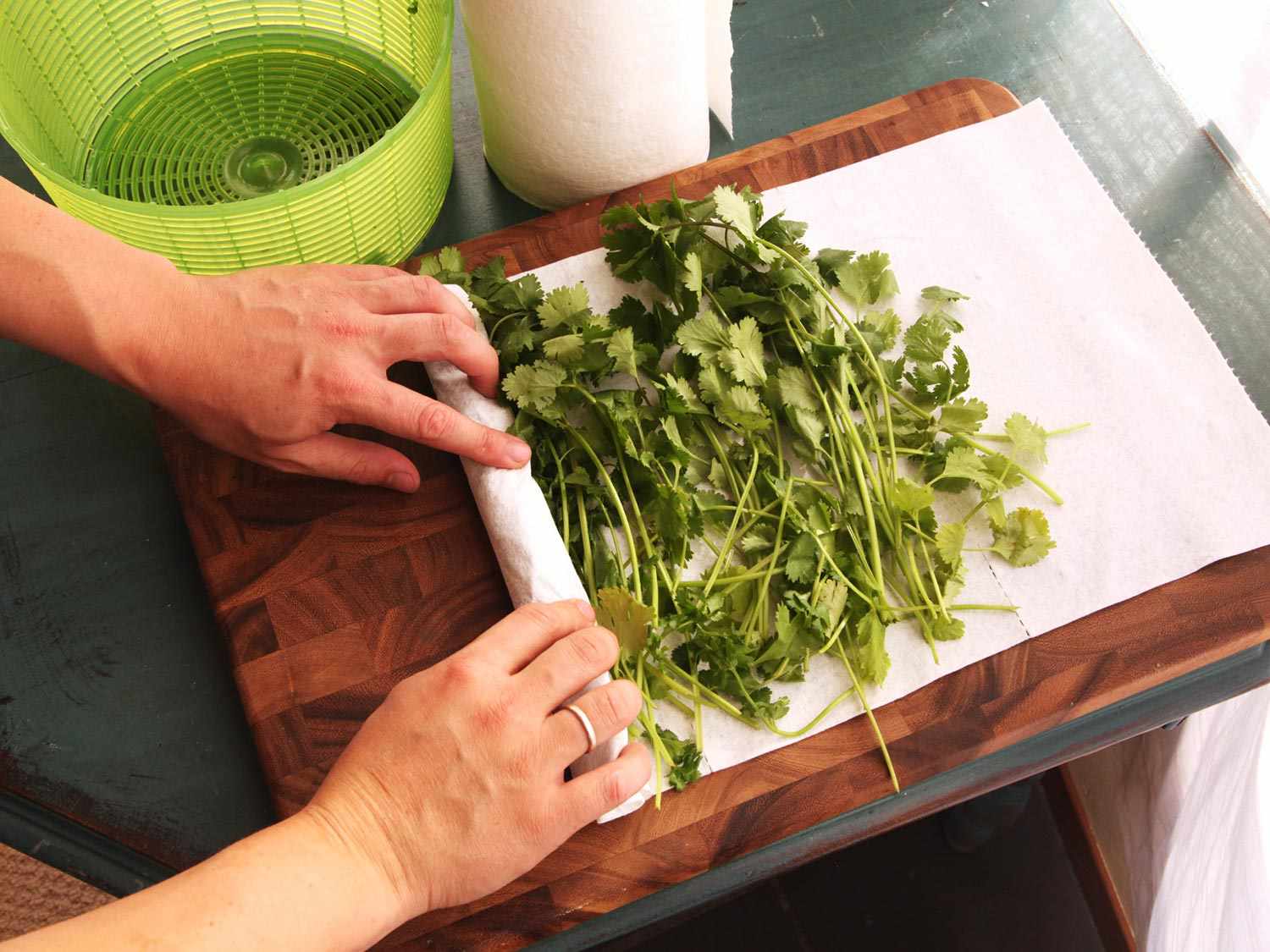

0 thoughts on “How To Store Eggplant In Freezer”